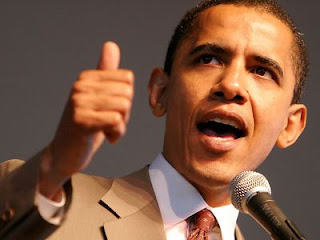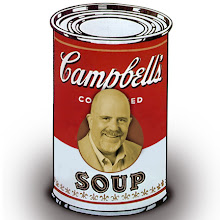
I am not the kind to watch a lot of TV these days, but I watched two news clips that made me think about how businesses can do a better job of harnessing the power of the medium. First, there was the
ESPN clip of the
Tampa Bay Rays as they warmed up for batting practice. All shots showed the Rays stretching or wearing either stocking caps or the army fatigue hats that were worn underneath a helmet.
And, that got me thinking to the good ol' days of baseball. It was 1968, and I was an eighth grader at Holy Family. Sister Mary Regina allowed us to watch the Cardinals and the Tigers play Game 1 on the school TV. If we did our work, we were allowed to watch the game. Sadly, this experiment in combining education with baseball lasted about half a game before our teacher pulled the plug.
So, the question arises: "Why does major league baseball still require the games to be play at nights, and who said that the weekend games had to be played in prime time?" The answer: the TV broadcasters who want to get more eyeballs for their sponsor's commercials. For the baseball purist, that means watching two great teams battle in cold weather with thermals and guys wearing special hats to combat the cold fall winds of
Philadelphia.
Baseball could control the process again by requiring the broadcast to move back to day time. With DVRs, video recorders and the coverage of ESPN, ESPN 2, ESPN News, Fox Sports and the web sites, baseball could make the game enjoyable. And, those of us who care about the game can watch the game with weather in the 50 to 60-degree range, instead of watching players and their fans freezing their backsides.
Or, better yet, baseball could move to independent warm weather sites where baseball could be played indoors or in weather conditions that were made for nighttime broadcasts. But, being the purist, it's my hope that the owners at MLB will do something for the fans by bringing the Fall Classic back to its rightful spot: 2 p.m. on EST and 11 a.m. on the West Coast.
Now, the second clip that got my interest was
KENS 5, our local CBS affiliate, doing an hour special on credit unions and the credit crisis at 9 a.m. this morning. Here was a classic example of how TV blew it. The San Antonio local chapter of the
Texas Association of Professional Federal Credit Unions pulled together a bunch of what the industry terms as "talking heads." That's when you get a bunch of interviews, and the respondents give you an answer on TV.
While the subject was compelling, the accompanying video was not worthy of air time. Each of the respondents sounded like a lawyer instead of answering naturally. If you didn't know better, and I do as I have guests book a spot on the show, it would appear that the interviewer and the respondent knew what the question was before they answered. By having the experts answer with a 30-second response, you knew that the credit union's lawyers had a role in the response. There were some good responses to some decent questions, but you could tell that the panelists already knew the answer to their questions before the show aired.
What the credit unions could learn on how to communicate that they're still functioning, writing loans and helping people get credit is to watch the work of
USAA.com. My former boss and colleage, Mike Kelly, has done a good job in the viral world of setting up a web site landing page where people can post random questions with answers from certified financial planners responding to them. On a tour of USAA several months ago, Mike showed me some of the responses from the CFPs on his staff. Their answers are good, factual and well thought out.
I hope that my friends at the credit unions look at their financial colleagues and learn from their mistake. Canned TV does not make for compelling viewing, and the message of financial solvency in the credit union didn't hit home. Knowing how much the local chapter of credit unions paid for their show makes me wonder who is running their marketing departments especially with inspiration from competitors like USAA.


































